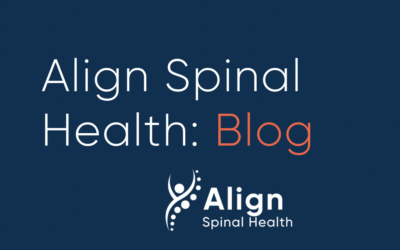Radiculopathy is a condition due to a compressed nerve in the spine that can cause pain, numbness, tingling, or weakness along the course of the nerve. Radiculopathy can occur in any part of the spine, but it is most common in the lower back (lumbar radiculopathy) and in the neck (cervical radiculopathy). It is less commonly found in the middle portion of the spine (thoracic radiculopathy).
Causes
Radiculopathy is caused by compression or irritation of the nerves as they exit the spine. This can be due to mechanical compression of the nerve by a disc herniation, a bone spur (osteophytes) from osteoarthritis, or from thickening of surrounding ligaments. Other less common causes of mechanical compression of the nerves are from a tumor or infection.
Either of these can reduce the amount of space in the spinal canal and compress the exiting nerve. Scoliosis can cause the nerves on one side of the spine to become compressed by the abnormal curve of the spine. Inflammation from trauma or degeneration can lead to radiculopathy from direct irritation of the nerves
Signs & Symptoms
The most common symptoms of radiculopathy are pain, numbness, and tingling in the arms or legs. It is common for patients to also have localized neck or back pain as well. Lumbar radiculopathy that causes pain that radiates down a lower extremity is commonly referred to as sciatica. Thoracic radiculopathy causes pain from the middle back that travels around to the chest. It is often mistaken for shingles.


